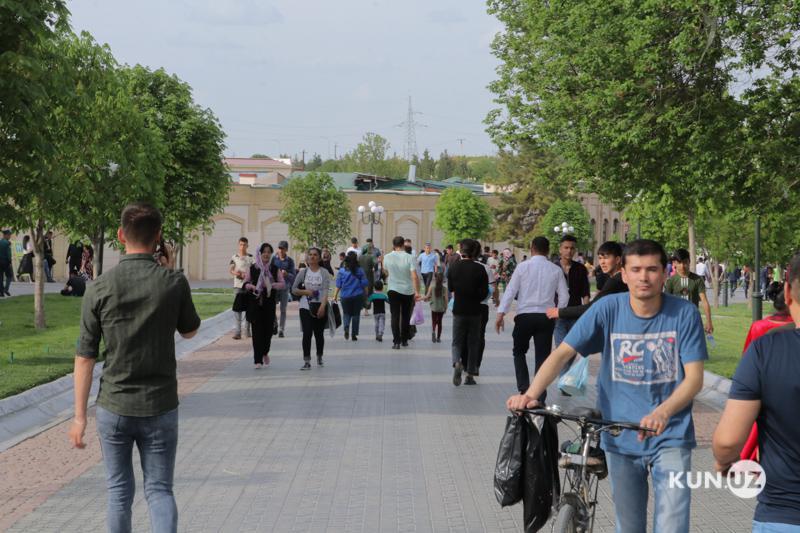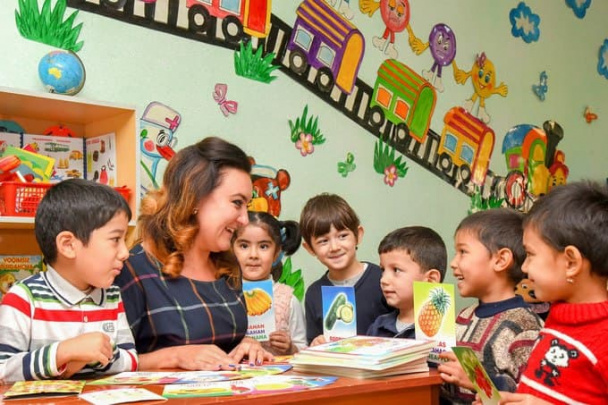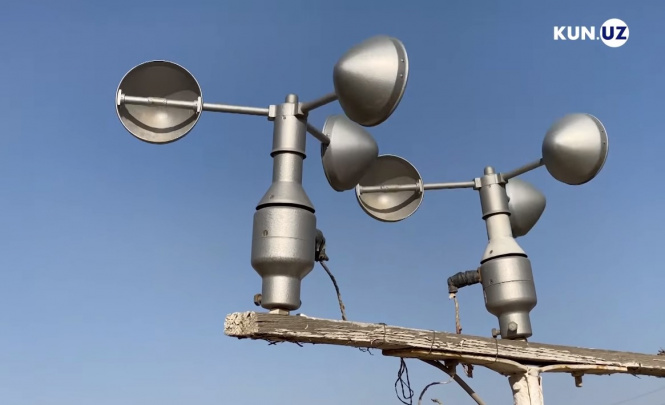What can states do to improve the position of middle class?

Over the past three decades, the share of the middle class in the Organization for Economic Cooperation and Development (OECD) countries has decreased from 64% to 61% of the population.
At the same time, its incomes also decreased – the middle class continues to lose its economic influence. This is noted in the OECD report, which was presented to the UN by one of its authors Michael Forster. He spoke in more detail about the findings of the report in an interview with the UN news service.
- According to the report, most people consider themselves to be middle class. What does this concept mean?
In the report, we considered those who earn at least 75% and not more than 200% of the average income in the country. About 61% of the population is in this category, that is, the majority. In countries with high incomes, for example, in the USA, this is the income from $23,000 a year to $62,000 a year. In China, this income is from $5,000 to $13,000 a year.
If we conduct a survey among the population, the results will differ, including from country to country. On average, 55-80% of the population believes that they belong to the middle class. We also considered other aspects – lifestyle, level of consumption, behavior on the labor market.
- The report says that not only the size but also the economic influence of the middle class is declining. What does this mean?
Economic influence is, of course, more important than size. Yes, the size of the middle class in the last 20-30 years has decreased, but only by a couple of percent, from 64 to 61%. But these indicators are not as shocking as indicators of economic influence. The total income of all members of the middle class 30 years ago was four times higher than the total income of the upper classes, and now it is less than three. In the USA, for example, the aggregate income of the middle class is generally less than the incomes of the “top of society”.
- What problems does the middle class face today?
First of all, it is a lack of economic resources. Today, people, especially young ones, find it increasingly difficult to save money, accumulate funds, invest in housing and education.
- What can states do to improve the living standards of the middle class?
In some countries, the main problem is the housing issue, in others – availability of secondary vocational and higher education. Accordingly, in the first group of countries, the authorities should guarantee affordable housing prices to the population, and in the second – reform the education system. Moreover, in modern conditions there should be opportunities for continuous training, learning new skills – people, in fact, should learn all their lives. It is also important to provide the population with access to healthcare services.
And another important point is the pursuit of a policy that will allow redistribution of income in the society in a more equitable way.
In countries like China, for example, the middle class, on the contrary, is growing, and its representatives are spending more and more money.
The report mainly embraced the countries of the Organization for Economic Cooperation and Development, but we also included large developing countries. In China, as well as in India and Brazil, the middle class has indeed grown in the last 20-30 years, but at the same time the authorities did not pursue a corresponding social policy. Therefore, representatives of the middle class in these countries do not have social protection in case of any unforeseen circumstances related to health or unemployment. For example, if a person has a heart attack or falls into a car accident, he will almost immediately fall below the poverty line. In European countries, however, there was a stagnation in incomes of the middle class, but at the same time there is social protection. In general, representatives of the middle class are not in danger of extreme poverty.
Related News

13:13 / 09.11.2022
Uzbekistan tops global ranking in coverage of children with preschool education

11:54 / 03.02.2022
Finland to help modernize Uzhydromet

19:32 / 09.11.2019
Delegation of Uzbekistan in Antalya informs Turkish entrepreneurs about the investment climate in the country

19:50 / 27.05.2019



